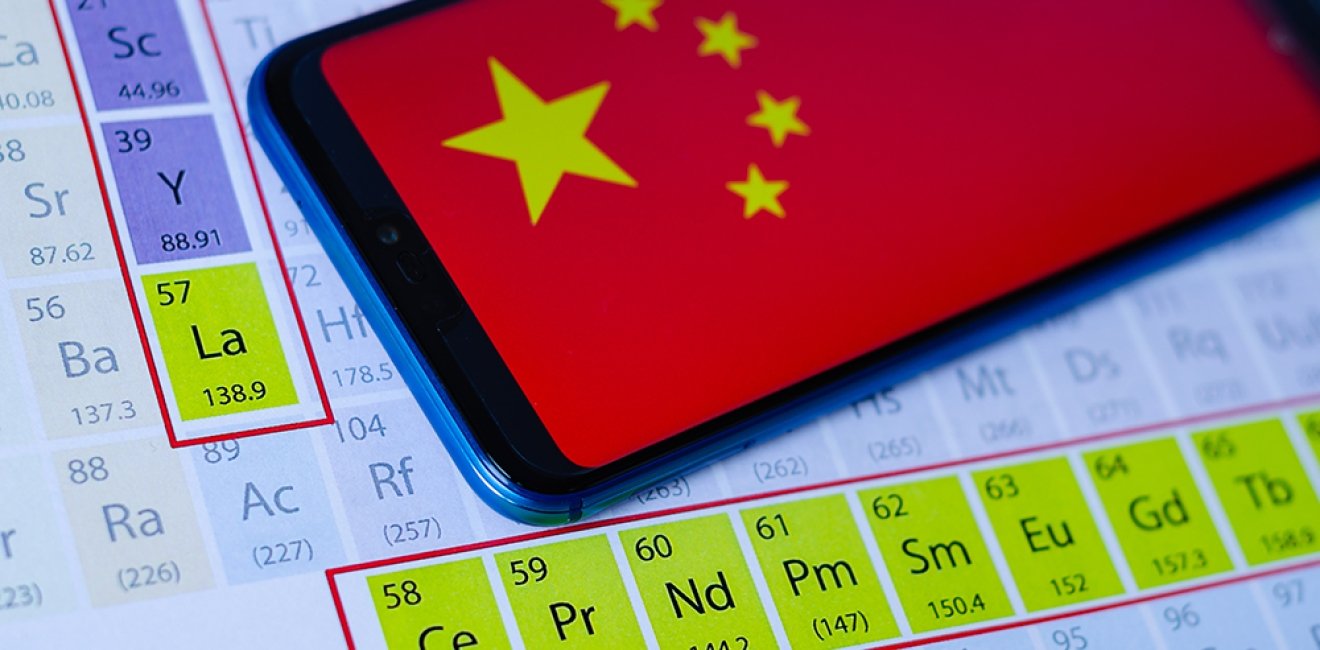
A blog of the Indo-Pacific Program
Necessity is the mother of invention, or so the old adage goes. Plato’s words may resonate especially loudly in East Asia these days, as governments are pushed to do more with less. With punitive trade actions becoming an increasingly common tool political tool, countries in the region are stepping up efforts to become more resilient to such moves. What’s more, efforts to avoid tariffs and other trade restrictions may actually lead to increased competitiveness in the longer term.
Rather, Beijing’s actions spurred Tokyo to seek alternatives to depending too highly on Chinese rare earths.
That is certainly the case when it comes to rare earth elements. The fact that China produces nearly 95 percent of the world’s 17 elements and alloys that are critical for the technology industry has long been a source of frustration for all other countries. What’s more, China has not shied away from leveraging its dominance in the market for political gain. Beijing weaponized its dominance in the market against Japan in 2010 in retaliation against disputes over ownership of islands in the East China Sea. It did so by restricting rare earth exports to Japan, with the expectation that the move would cripple Japanese industrial output and force Tokyo to capitulate. Rather, Beijing’s actions spurred Tokyo to seek alternatives to depending too highly on Chinese rare earths.
Nine years later, the dispute over the Senkaku Islands remains unresolved and China continues to dominate the rare earths market. On the other hand, Japan has made significant strides in weaning itself from overly depending on Chinese rare earths. Efforts to find alternative sources of the elements within its own shores have reportedly been successful, with over 16 million tons of key elements found among the Ogasawara Islands, in the Pacific Oceans. In November, Tokyo said that an autonomous underwater vehicle will be used in 2020 to survey the ocean floor by ultrasound. If expectations are found to be true, then Japan would effectively have a limitless supply of rare earths. Currently, Japan imports about 60 percent of the critical industrial elements from China.
Japan’s efforts to become more independent of Chinese rare earths will be watched closely by other industrialized nations including the United States, given the fact that China cornering the market in the elements makes them more vulnerable to Beijing’s weaponization of rare earths for political gain. Moreover, China is the world’s single biggest producer of rare earths by far, but other countries including the United States have deposits within their own borders and could be motivated to mine their own sources in order to be less depend on imports in the future.
In the longer term, though, the restrictions could well accelerate Korea’s efforts to manufacture their own products and ultimately be independent from Japanese imports.
It is likely that policies regarding exports of key materials will become increasingly politicized should the wave of economic nationalism continue as a global phenomenon. Tokyo, for instance, is now on the other side of the trade equation as well. Japan imposed export restriction on three critical products in semiconductor production against South Korea in July, citing concerns about technology transfer to North Korea. While Seoul has protested vehemently against Tokyo’s argument, the fact remains that Korean manufacturers had been importing nearly 90 percent of the three restricted products from Japan. In the near term, the move is seen as a tremendous blow for Korea, given the importance of the semiconductor industry to the domestic economy. In the longer term, though, the restrictions could well accelerate Korea’s efforts to manufacture their own products and ultimately be independent from Japanese imports.
As trade tensions and rivalries continue to rise across East Asia, the possibility of imposing trade barriers as a political tool are likely to increase. But while that may lead to pain in the near term, the longer-term outcome may well be greater resilience and competitiveness, as well as a shift in the balance of economic power.
Image: Ascannio / Shutterstock.com
Follow Shihoko Goto, deputy director for geoeconomics and senior associate for Northeast Asia, on Twitter @GotoEastAsia.
The views expressed are the author's alone, and do not represent the views of the U.S. Government or the Wilson Center. Copyright 2019, Asia Program. All rights reserved.
Author


Indo-Pacific Program
The Indo-Pacific Program promotes policy debate and intellectual discussions on US interests in the Asia-Pacific as well as political, economic, security, and social issues relating to the world’s most populous and economically dynamic region. Read more





